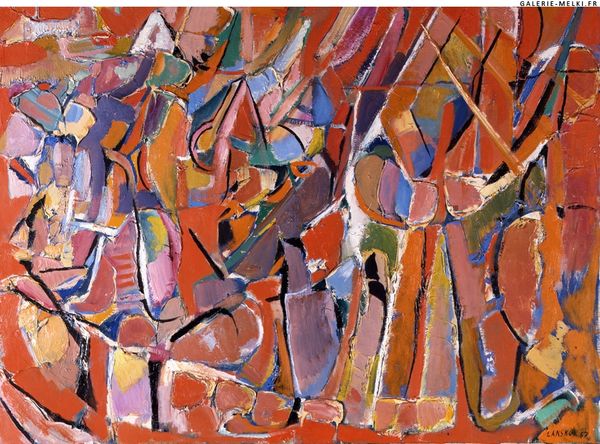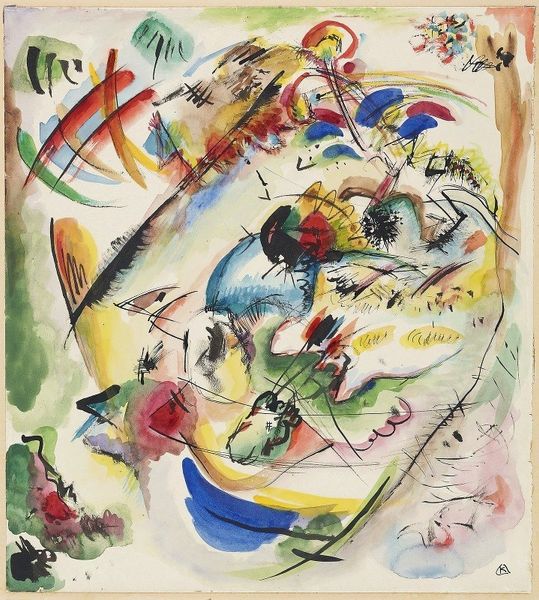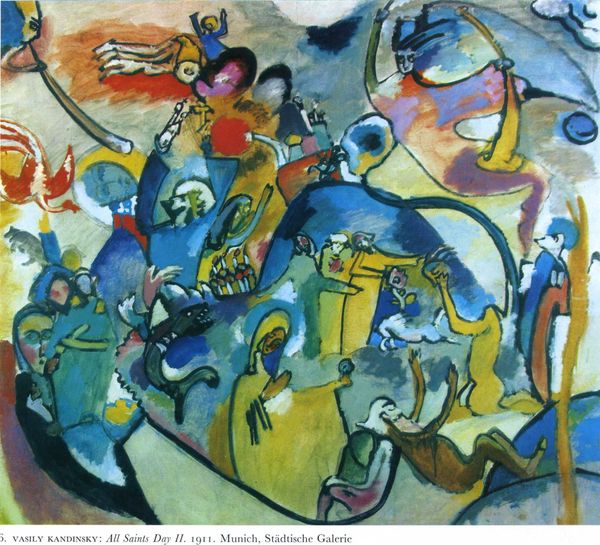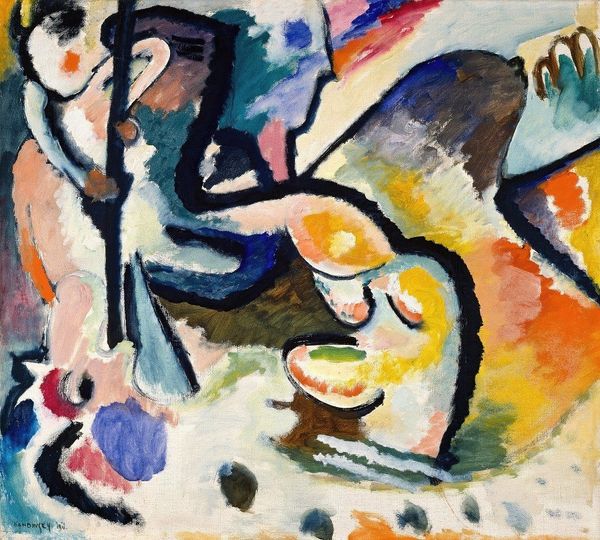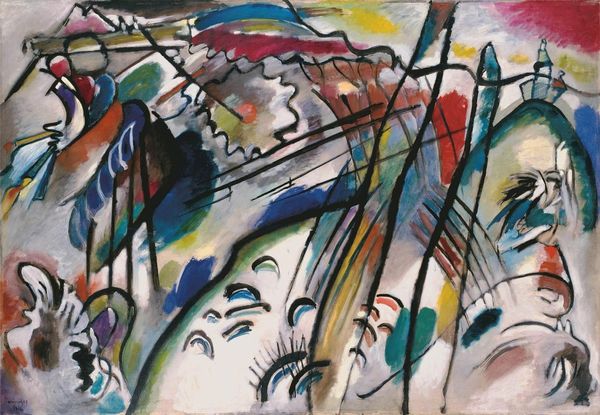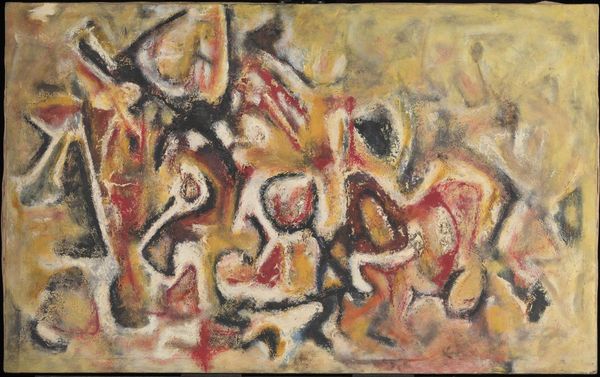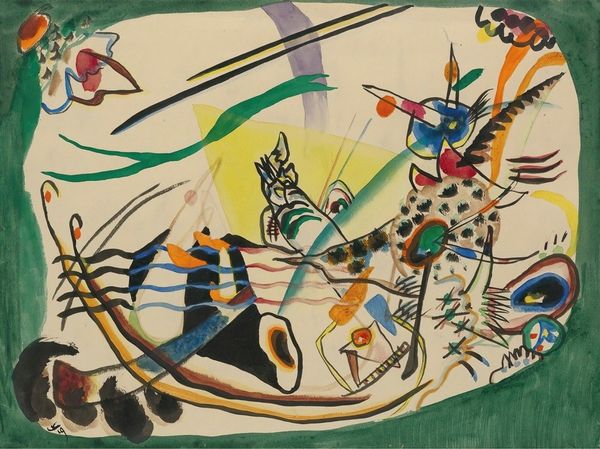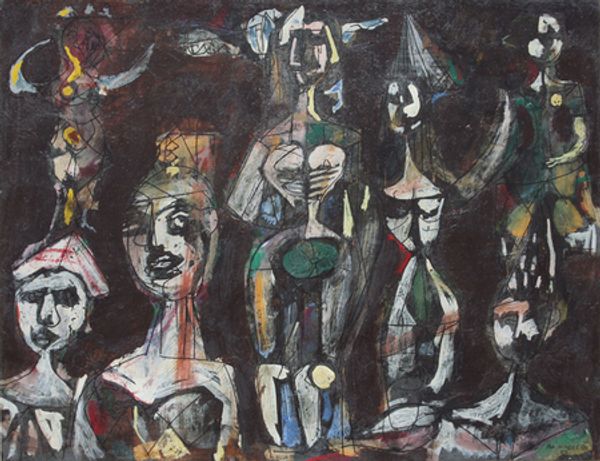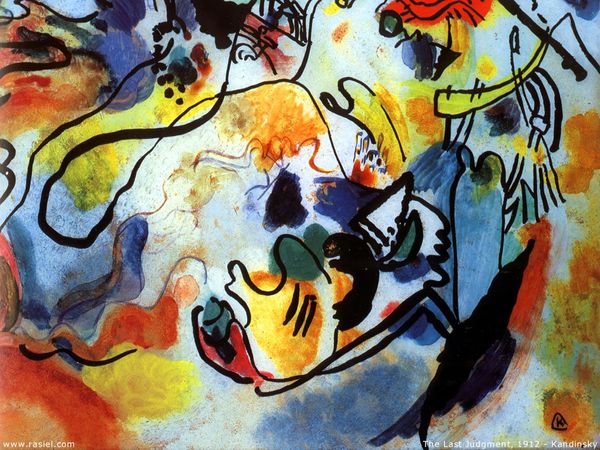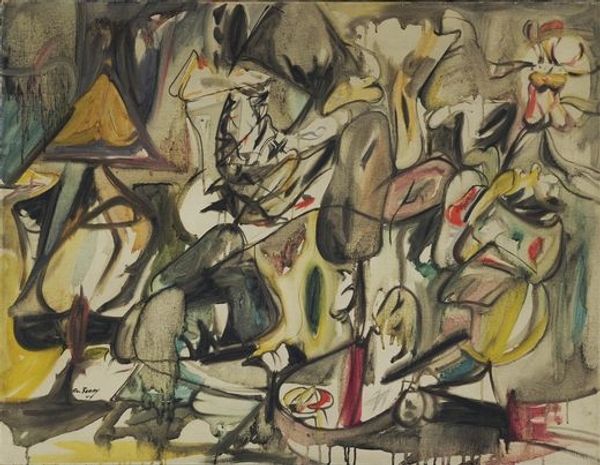
painting, watercolor
#
abstract-expressionism
#
abstract painting
#
painting
#
watercolor
#
modernism
Copyright: Public domain
Curator: Before us hangs "One Year the Milkweed," a watercolor painted in 1944 by Arshile Gorky. Gorky was a key figure in the abstract expressionist movement. Editor: My first impression is of an organic explosion! The shapes are both violent and strangely serene; are these forms representing landscapes or bodily configurations? The palette is very earthy; it evokes the fall. Curator: Indeed. Though abstract, it's deeply rooted in Gorky's personal history and cultural displacement as an Armenian immigrant. This was painted shortly after his barn burned down which had been a source of refuge, containing drawings and artwork. The fire, alongside other tragic events in Gorky’s life can be seen reflected within its fluid shapes. We can certainly ask if he explores themes of resilience after enduring devastating losses through symbols from his cultural memory? Editor: Interesting that you mentioned resilience! What draws my attention are these looping lines. There's almost a sense of containment within each gesture, repeated and stacked in certain portions of the work to show a deeper level of intensity. Look at how that translates as both protection and restriction! He used an iconography of trauma to reveal psychological realities that can be observed. Curator: And how that trauma relates to the larger global narratives of the time, I think. It's interesting to examine Gorky’s placement within surrealist and expressionist movements to examine what exactly are the limits to "expression" of grief or displacement when experienced in such magnitude? Were there movements available at the time for queer or other traumatized people to be truly honest with how they were coping in times of need? His fluidity is a key strength to this painting’s representation of movement during stasis. Editor: I agree. It’s amazing how the visual vocabulary of abstract expressionism, though non-representational on the surface, carries a weighty history and symbolic resonance when understood in the context of Gorky's personal life. Curator: His capacity to explore those cultural and psychological resonances remains palpable decades later. Editor: And reminds us to contemplate how personal and collective history can be represented by those visual and symbolic residues.
Comments
No comments
Be the first to comment and join the conversation on the ultimate creative platform.
